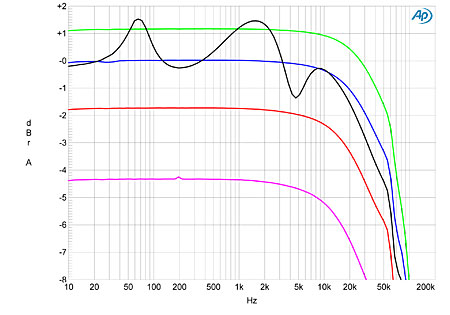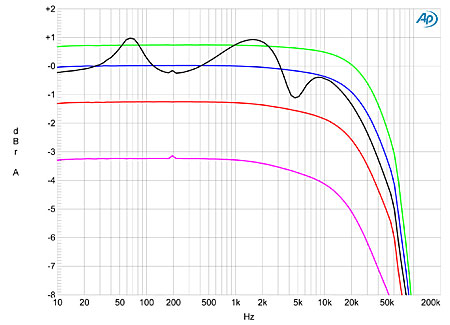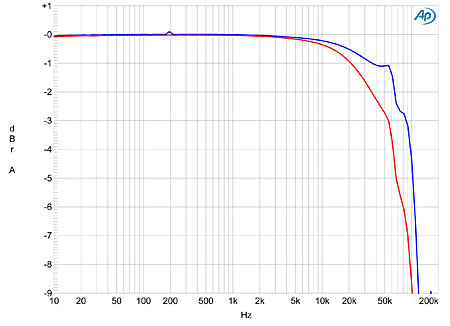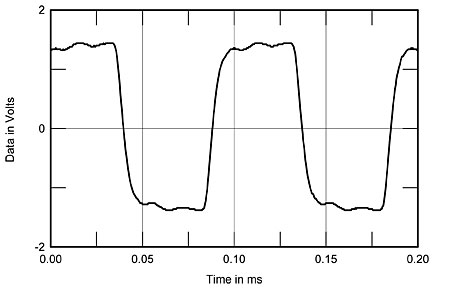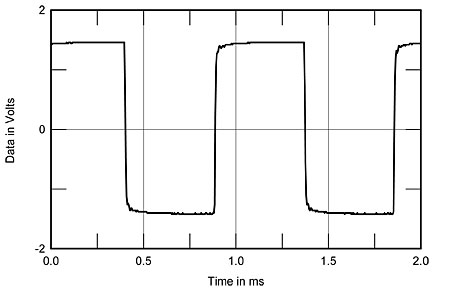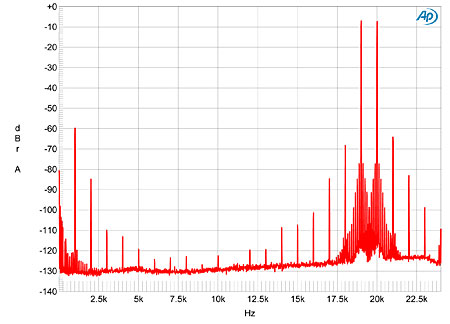| Columns Retired Columns & Blogs |
My VSi60 exploded too, twice now. Once at home, then once back at the shop AFTER they had replaced the tubes and protective resistor. I also saw the floor sample VSi60 have an explosion before I bought mine. That makes four explosions, including Stereophile's review sample.
The amp sounds great, but I'll be considering solid state next time.
